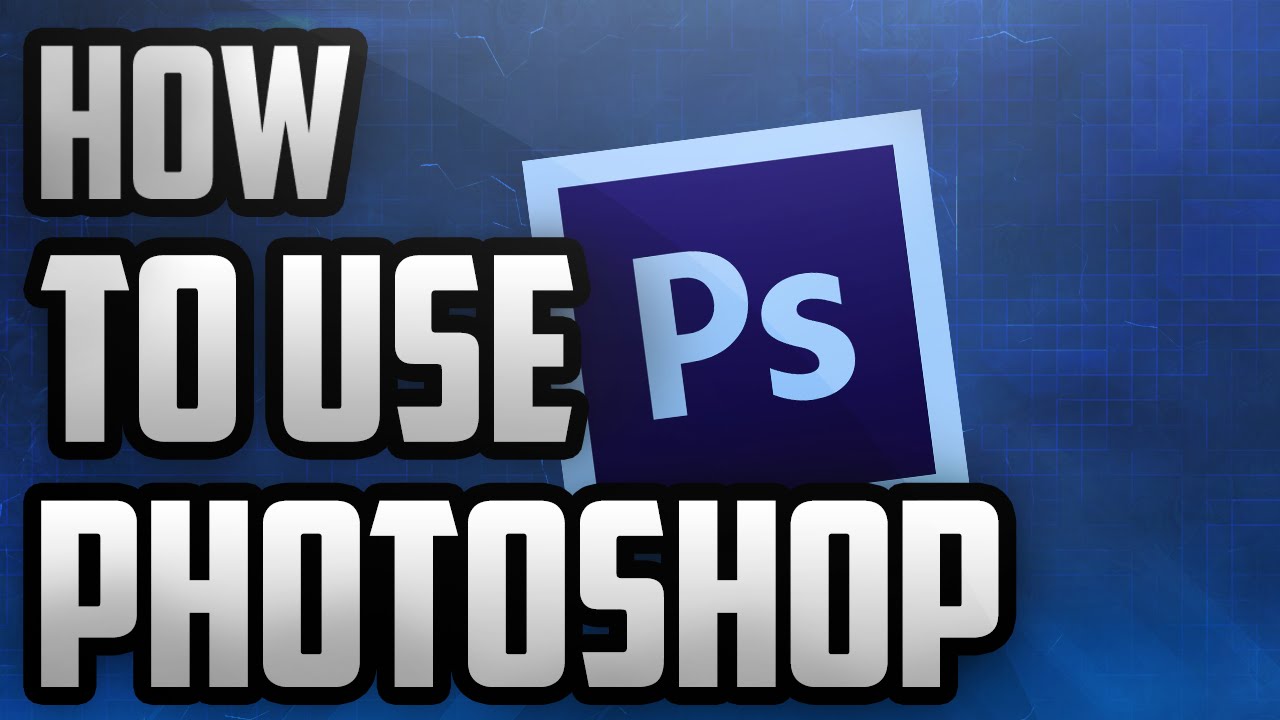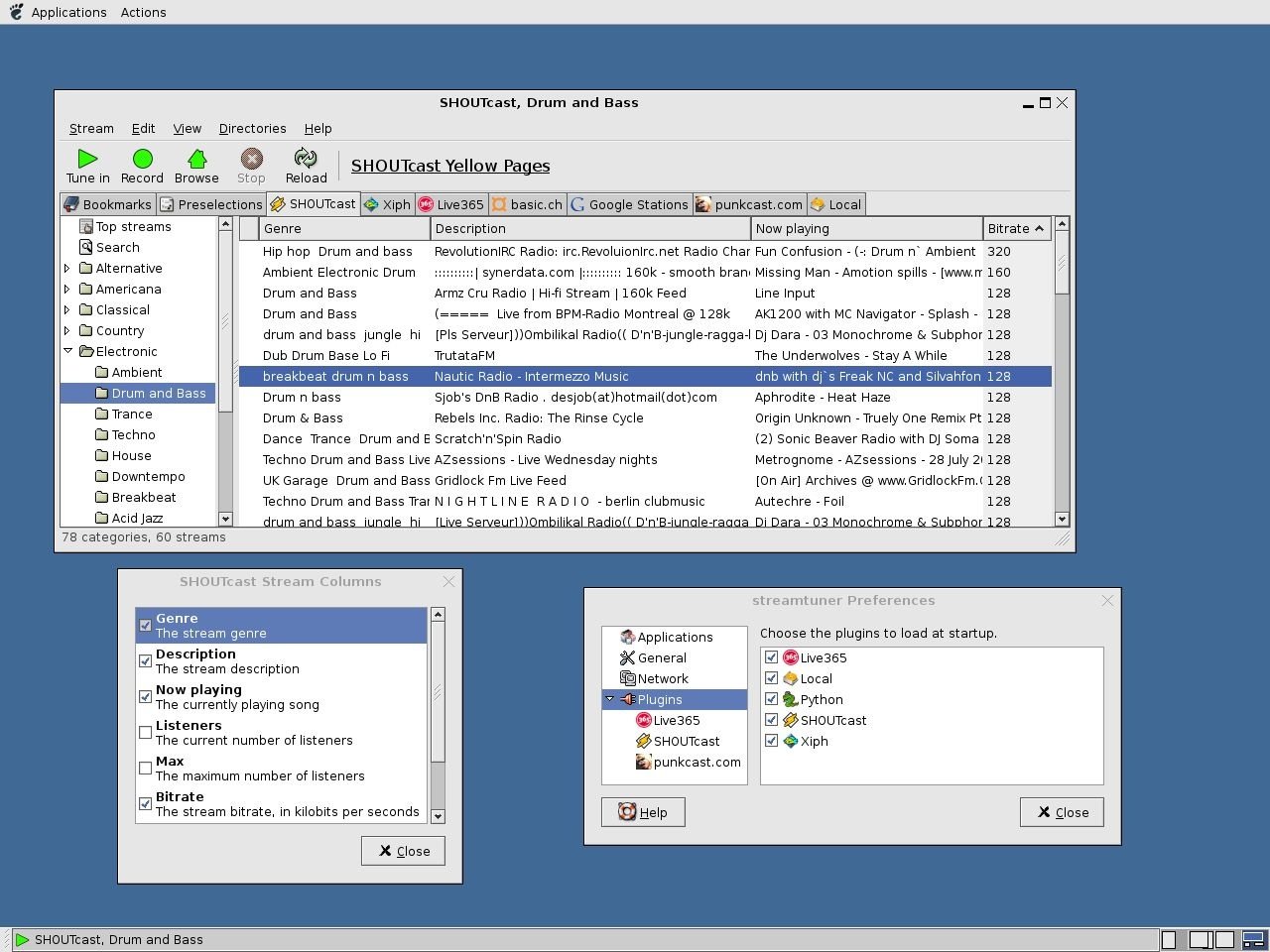
Then in Library, when you select the local Media Server, you will see this mount point at the root of the folder hierarchy and you can browse it like the "Filesystem" folder In the "Custom Mount Point 1" setting enter your 2nd SD Card mount point. Go into Settings > Local Media Server > Filesystem > Content.
If you have an additional SD Card, to have its content accessible with the local media server you must add a custom mount point. The local media server is advertised by default on the LAN to be browsable from other devices (PS3, XBMC. You can also select multiple folders this way Local media server To select several tracks for playing or enqueuing (or other actions), swipe each track toward the left or right. You can change this default behaviour in Settings > Library > Track tap action In a folder containing tracks, tapping any track will add all tracks of that folder to the playlist and play the first track. To change the current Library, tap the arrow button at the top left of the action bar while being at the root of the current Library. To go back to the parent folder, either use the BACK key or tap the arrow button in the action bar at the top left. You can for example add Shoutcast streams, other Internet radio streams, and even web pages To add a custom stream URL (for example an Internet radio) select "Add stream URL" in the menu. This mode also works in Library on folders and tracks To select several tracks to apply a common operation (such as remove), enter multiple selection mode by long-pressing a track and tap other tracks. To remove a track, long-press it and select the trashcan icon. To reorder tracks in the Playlist, drag'n'drop track covers. You can add tracks to the Playlist from the Library. If you have the Last.fm app installed you'll be able to see artist info (in Now Playing tab, long-click on cover or on Honeycomb "(i)" button in action bar). You can configure how covers are scaled in the Settings. Long-clicking the cover displays a context menu with some actions. Holding the play button pressed stops the playing track and resets position to 00:00. It is possible to advance to previous or next track without playing if playback is stopped. Swipe the cover left/right to go to previous or next track. You can fully exit the app using Menu>Exit. Automation with Tasker and similar Now Playing. 
Also, some graphical programs have many interesting and useful command line options. By launching it from the command line instead, we may see an error message that will reveal the problem. Sometimes, a program will fail to start up when launched from the graphical menu. Secondly, by launching a program from the command line, you might be able to see error messages that would otherwise be invisible if the pro- gram were launched graphically.

First, the program you wish to run might not be listed on the window man- ager's menus (such as xlogo). Why would we want to launch a graphical program from the command line? There are two reasons. Moving a process from the foreground to the background is handy if we launch a graphi- cal program from the command, but forget to place it in the background by appending the trailing “&”. We can either restore the program to the foreground, using the fg command, or move the program to the back- ground with the bg ~]$ bg %1 + xlogo & ~]$ bg %1 + xlogo & ~]$Īs with the fg command, the jobspec is optional if there is only one job. At the command prompt, type xlogo, the Enter key, then Ctrl- ~]$ xlogoĪfter stopping xlogo, we can verify that the program has stopped by attempting to re- size the xlogo window. To stop a foreground process, press Ctrl-z. This is often done to allow a foreground process to be moved to the background. Sometimes we'll want to stop a process without terminating it.






 0 kommentar(er)
0 kommentar(er)
